Category: Thrilling activities
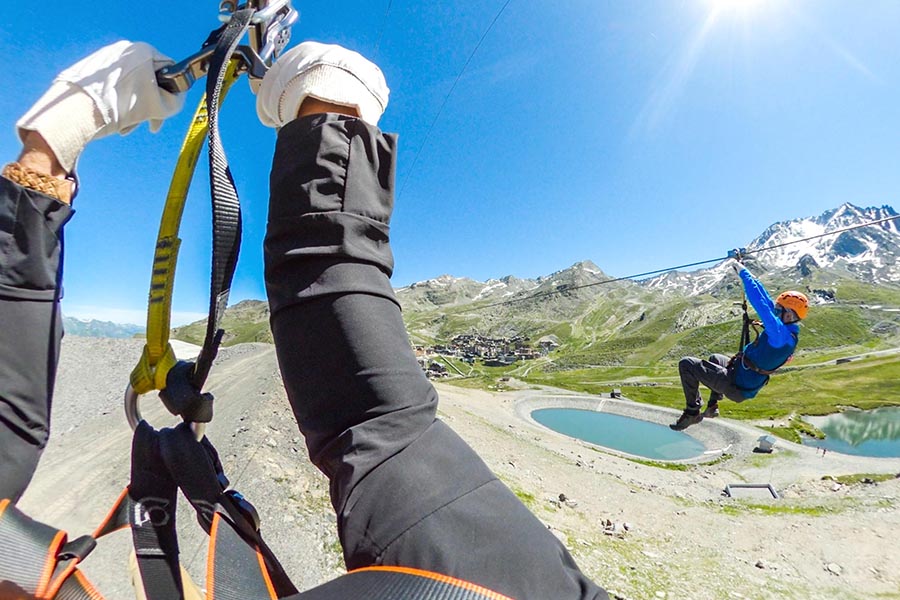
Ziplining sites near Brides-les-Bains
Val Thorens Bouchet Orelle zipline - Val Thorens
Perched at an altitude of 3000 metres, it is the highest mega zipline in the world! It flies (at 100 km/hour!) over one of the most beautiful glacial sites in Savoie, over a descent of 1300 metres.
La Bee Zipline in Val Thorens
With La Bee in Val Thorens, enjoy a duo flight in either summer or winter.
1800-metre descent, 80 km/hour, 65 metres high. Perfect for a double combination of pleasure and adrenaline!
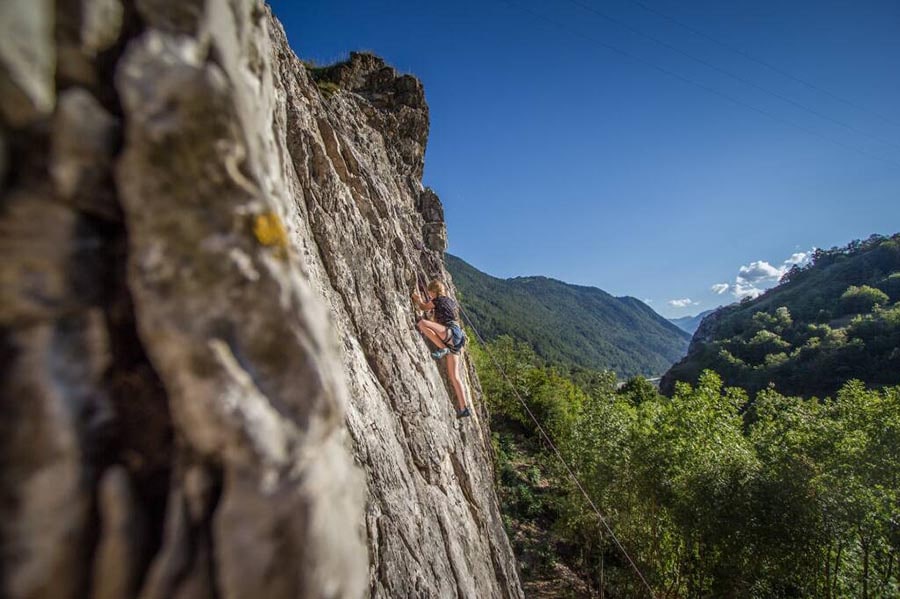
Villette climbing wall
Not far from the town of Aime, around 20 minutes from Brides-les-Bains, the Villette climbing wall is easily accessible.
Aimed at beginners as well as experienced climbers, it has around forty routes.
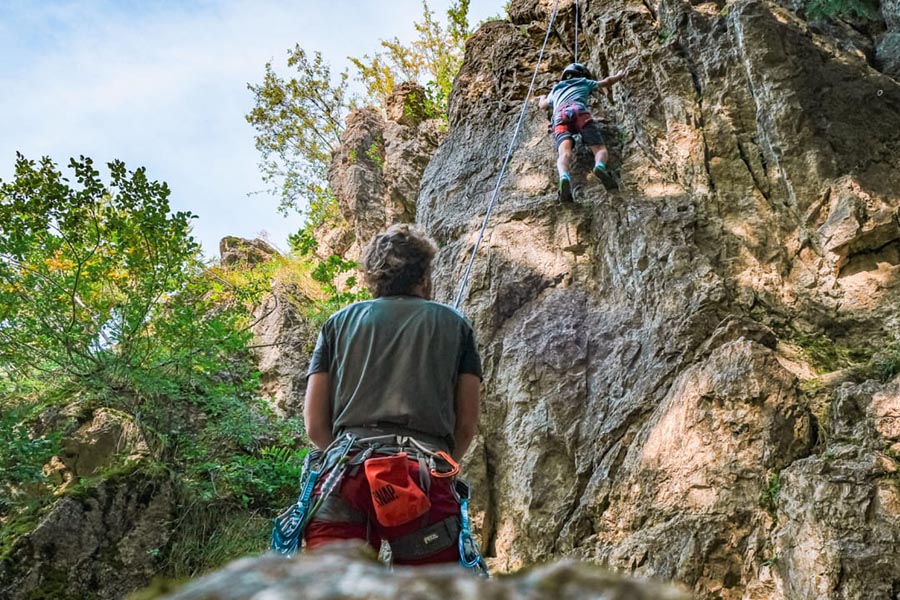
Le Rocher du Glaisy
Around twenty kilometres from Brides-les-Bains, in Notre-Dame-du-Pré, le Rocher du Glaisy is perfect for climbing.
With 230 safe routes, it is appreciated by climbers of all levels and has a wonderful panoramic view, in the great outdoors.
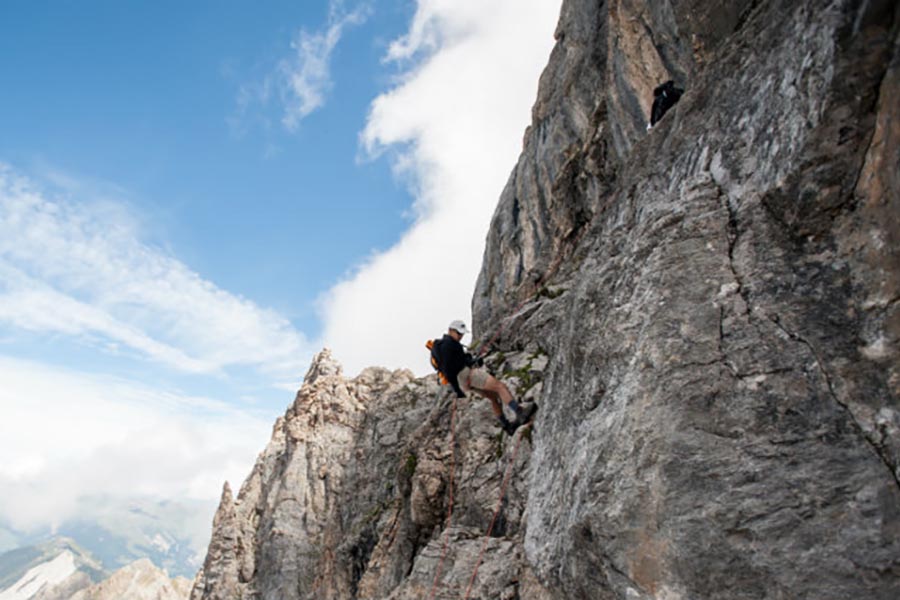
Praméruel in Courchevel
Between Moriond and Courchevel 1850, the climbing site of Praméruel has around fifty routes, spread over 8 sectors.
Most are for climbers with extensive experience.
Some, however, are accessible to beginners and a few are aimed at more experienced climbers.
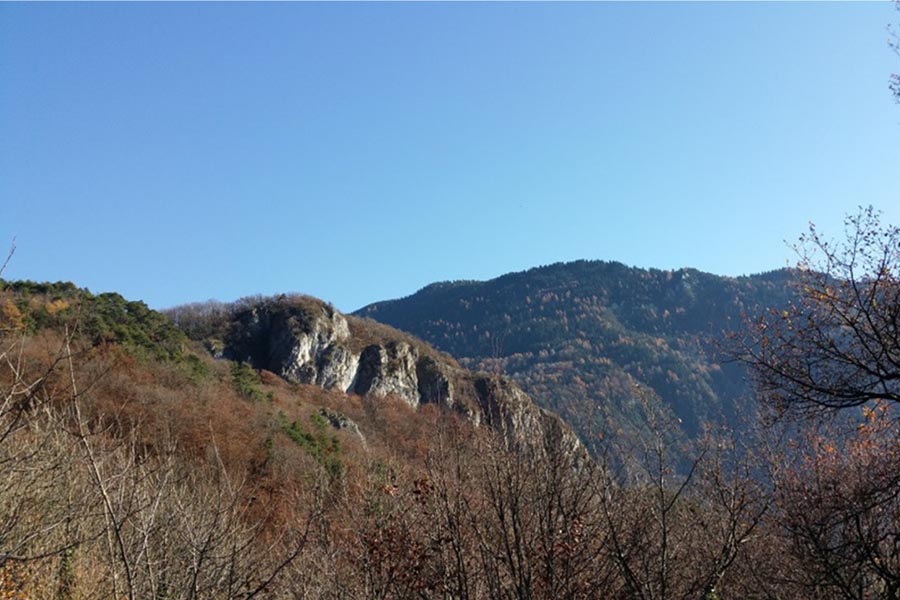
Falaise du Mont Secret in Hautecour
A few kilometres from Brides-les-Bains, overlooking the town of Moûtiers, Mont Secret Cliff is tucked away in pleasant surroundings, at an altitude of 800 metres.
Relatively extensive, the site is divided into 12 sectors and equipped with 140 routes.
Climbing enthusiasts will particularly enjoy the quality of the routes and the calmness of the location.
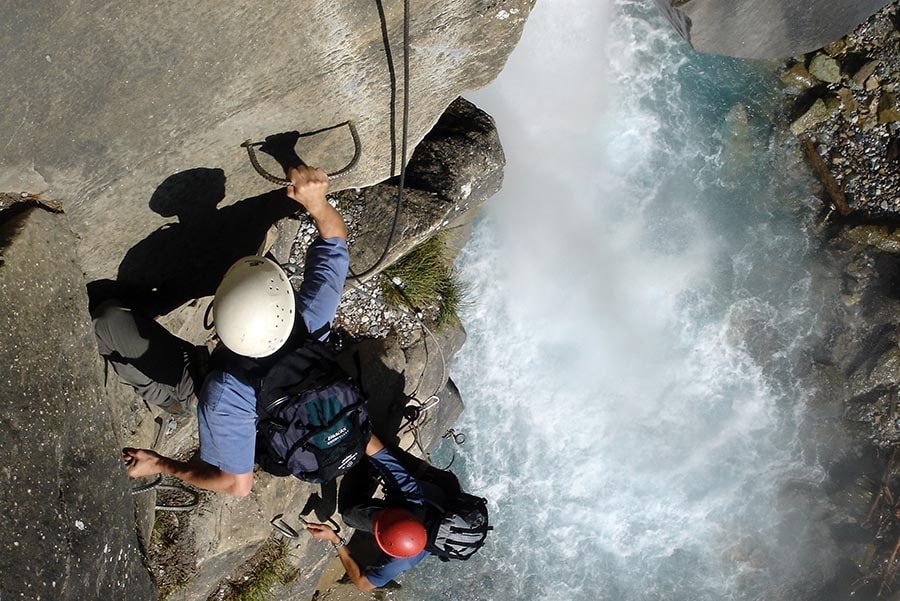
Difficulty levels
Traditionally, the difficulty levels in Via Ferrata are those used in all mountain sports: A (easy), B (moderately difficult), C (difficult), D (very difficult), E (extremely difficult).
However, they have been refined over time.
Via Ferrata is now subjected to more specific gradings taking into account the following criteria:
1 - Itinerary "styles" :
- School: Suitable for beginners, accessible to children.
- Sporty itineraries: acrobatic but without exposure to any significant risks.
- Mountain: in the highlands or high mountain ranges, requiring substantial alpine commitment (or “seriousness").
- Adventure: for mountain-climbers or alpine hikers only.
2 - Difficulty assessment
Each Via ferrata is also graded according to four criteria.
For each one, the grading goes from 1 to 4.
1 – Athletic : This is the most important factor which takes the steepness of passages and their repetition into account.
2 -Drop : Overview of the itinerary height, exposure to drops and its impressive nature.
3 - Equipment : This criteria evaluates the quantity and quality of the equipment, as well as the degree of contact required with the rock.
4 – The terrain.
NB :Before accessing a Via Ferrata, you must check the weather conditions. It can indeed be dangerous when rainy or stormy.
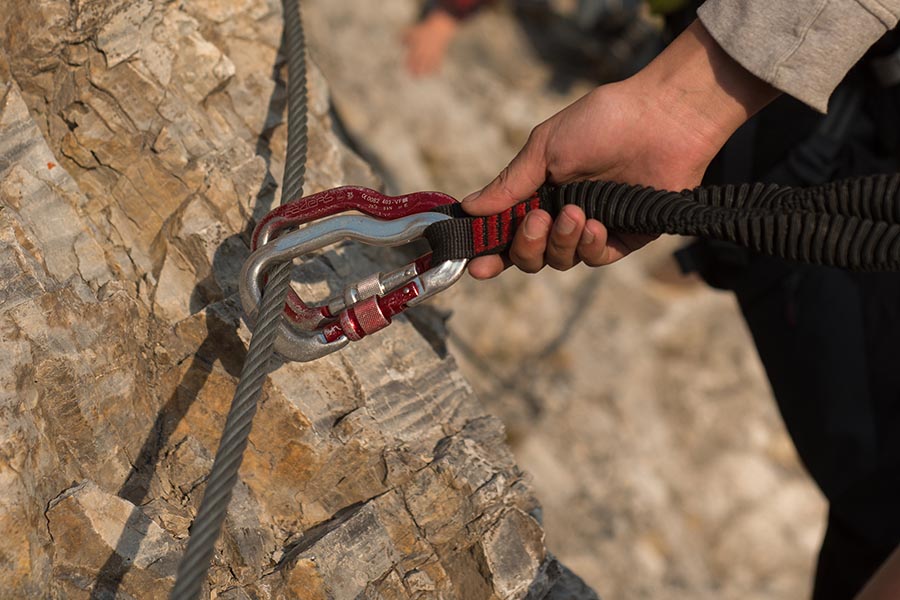
What do you need for Via ferrata?
For comfort and safety reasons, it is important to have equipment that is adapted to the route and the climber’s experience.
Other than lanyards and the shock absorber specific to Via Ferrata, the equipment is essentially the same as that used in regular climbing and mountaineering.
- A climbing harness which enables the user to stay in a resting position and be restrained if they fall.
- Dynamic lanyards and an energy absorber. Always in pairs, the lanyards are attached to the harness via the energy absorber. The aim of the energy absorber is to absorb the shock caused by a fall.
- Snap hooks
- Helmet
- Pulley, essential for ziplines.
- Resting lanyard
- Gloves
- Versatile “trekking”-type footwear
- A rucksack with a map and topo guide of the itinerary, high energy food, water, a first aid kit, a charged mobile phone.
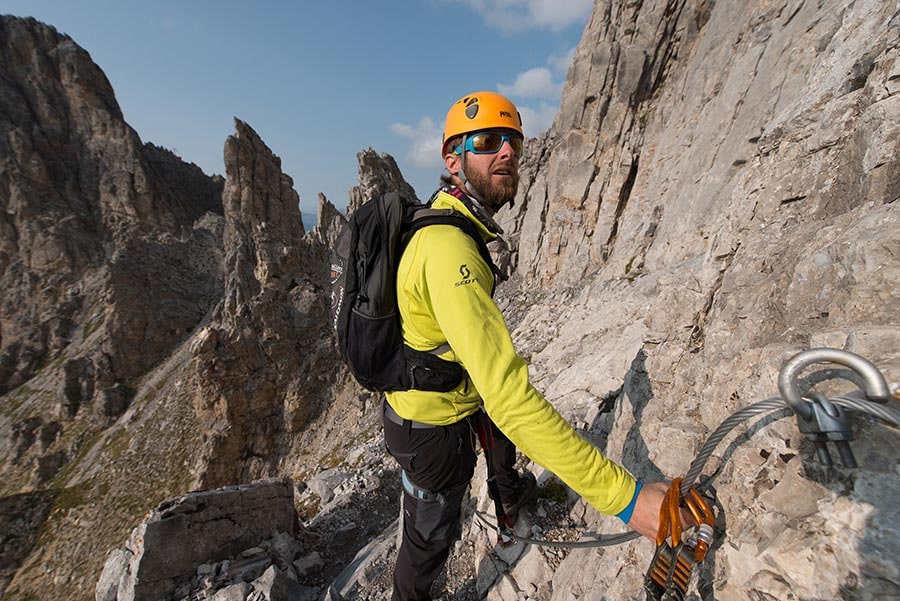
The basics for practising Via Ferrata
Climbers continue along the route while constantly attached to the cable using snap hooks on the Via Ferrata lanyard.
Thanks to the equipment, Via Ferrata does not require climbers to have any technical expertise.
However, it is a climbing sport. You therefore need to be in good physical condition, as well as strictly adhere to safety rules. And this goes for experienced climbers and those without vertigo!
If necessary, a professional on site can provide essential guidelines for a fun and 100% safe experience.
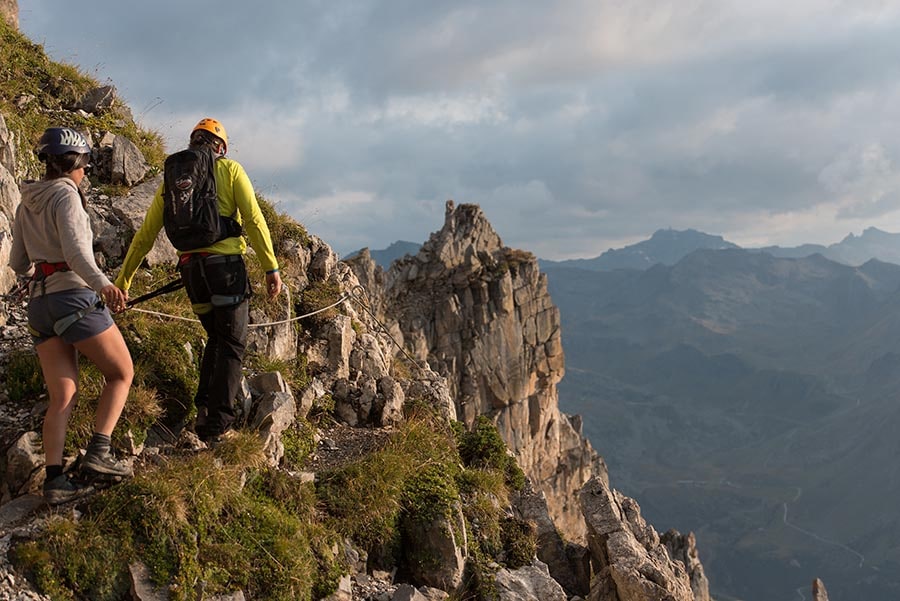
An activity halfway between hiking and climbing
Mostly practised in highland areas, Via Ferrata combines hiking and climbing.
The adapted itinerary on a rocky wall is equipped with specific metal equipment to help the climbers continue along the route: rungs, ramps, nets, girders, walkways, rope bridges, etc.
For optimal safety, a cable (lifeline) secured like a handrail at different anchor points allows Via Ferrata climbers to self-belay.
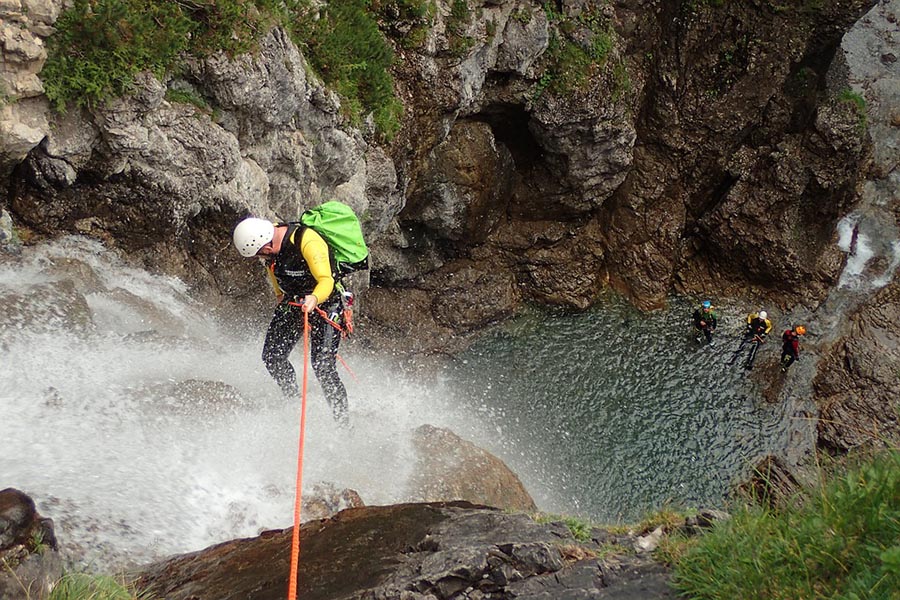
Canyoning
Great for thrill seekers, canyoning is a sport that consists of navigating down a mountain stream or river in a gorge by sliding down natural slides, abseiling, jumping, etc.
With this fun, refreshing (and intense!) activity, thrills are guaranteed, and you can do it less than an hour from Brides-les-Bains.